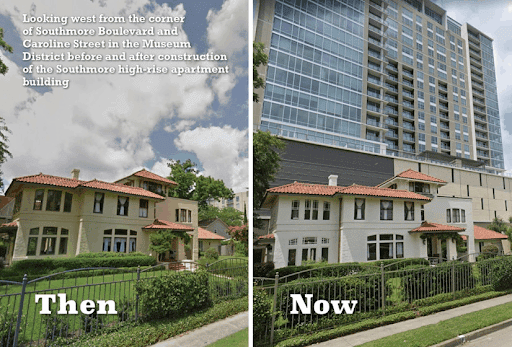Building a New Home?
Here Are 10 Tips To Help You
10 Tips to Help You Plan from Start to Finish
You were recently invited to a friend’s place to see her brand new DREAM HOME. You loved it! Now you can’t stop thinking about building your own new home! You wake up every day with a vision of what your new home would look like. One day you visualize a large home, another day you picture a tiny home, another time it looks like it was built in Europe. You are overwhelmed with ideas and cannot decide what you actually want.
Building a new home requires research, time, and effort. To help you come up with great ideas, and make the best decisions throughout the process, we offer these 10 tips. We hope you find this information beneficial as you begin planning your new home.

#1 Envision Your New Home Style
Start gathering ideas and photos of particular house styles that you find appealing to create the vision for your new home. Think about what you want, and how it will function for you. Websites, such as Houzz, HGTV, and Pinterest are good sources for images and inspiration for home styles and interior designs.
This is also a good time to start thinking about the types of finishes and fixtures you would like such as appliances, cabinetry, counters, backsplashes, flooring, fixtures, lighting. Later on during the construction process, there will be many decisions coming at you daily, so knowing what you like and choosing the styles and products you want early on is very helpful.
After doing this homework, you may realize that you do not know where to build your new home. Is it in the mountains or woods? Is it next to the lake or ocean? Does it have any views? Finding the right location is the next step.
#2 Location! – Choose Where You Want to Buy Land
If you don’t already own land to build on, you will need to look around for the right lot. Once you decide on the town or city where you want to live, you may want to do research on the local schools, taxes, and other information for the area. Contacting an experienced architecture or design/build firm can help advise you and guide you through this process, schedule a consultation.
Before you purchase land or a lot, determine if there are any restrictions for building on the site. For instance, are there any zoning restrictions, septic system rules, utility deficiencies, unstable soil conditions, wetlands nearby, or other regulations or restrictions? Gain an understanding of the site restrictions dictated by your local jurisdiction as you may be limited to how big or what shape your house can be. Watch for no zoning towns, or you may run into a problem like the one in this photo below. See our blog article on feasibility study for more information.
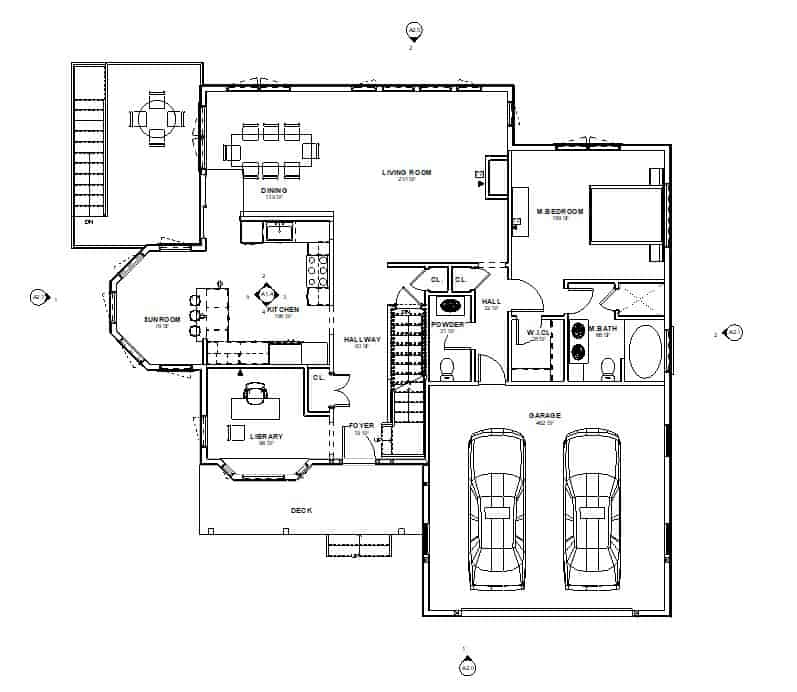
#3 Decide on the Floor Plans
Creating a set of floor plans is the most important process of the design. You need to decide where certain rooms should be located on each floor of the house. Preparing a program for your home of where things should be is extremely important and beneficial. If you are not able to develop the program yourself, consult with an architect or a designer to help you with this stage. You should also be thinking about finishes, materials, and fixtures as you will need this information later for budgeting purposes
#4 Plan for the Future – Long Term vs. Short Term Living
When designing a new home, it is important to visualize the future lifestyle you want to have. Create a list of spaces that you currently use for your everyday living needs, and also for any new rooms required, or possible future needs. A designer will help you create a home that can potentially be expanded to fit your future needs. For instance, when choosing a floor plan, think about how a basement or second-story is going to work for you long-term. You want to make sure that all of the things you need are easily accessible to you. For example, having a laundry room located in the basement might seem fine now, but it might not be ideal in years to come. Also, a space that serves as a playroom for your kids now, could serve as an extra bedroom or an office in the future. Once you have created your home needs spreadsheet, it’s time to turn your space needs into numbers by developing a budget
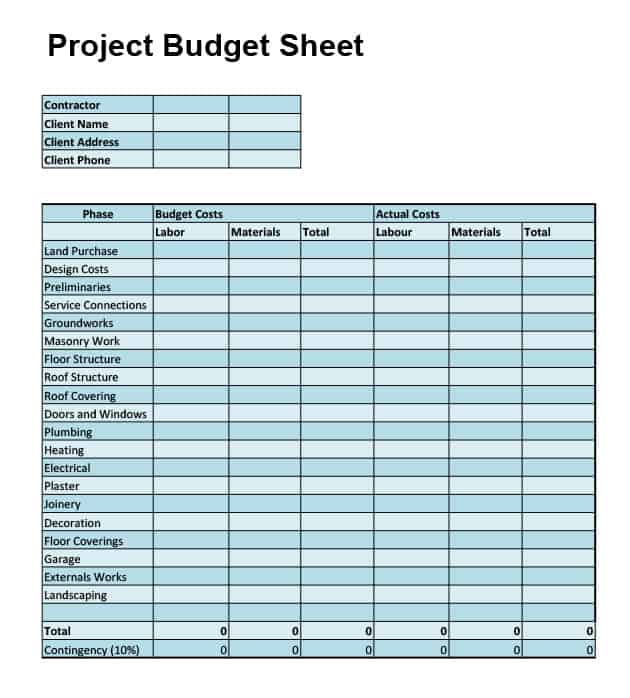
#5 Create Your Budget
One of the most important steps in building a new home is to create a budget that fits well within what you can afford. A good, itemized budget can help you expedite your decisions and help you focus in on a realistic price range. When estimating the budget for your new home, take into consideration the square footage, number of stories, number of bedrooms and bathrooms, layout and circulation, and outdoor features like landscape and pool. Before you consider which finishes you would like to use and what color schemes to go with, use this Project Estimate spreadsheet to help you create your budget.
Join our mailing list to receive our Project Estimate Sheet.
#6 Hire a Home Designer or Architect
Once you have your budget set, it is time to hire a design professional – especially if you have no previous experience building a new home. Selecting the right design team requires interviewing designers, checking their references, and quality of work, and most importantly, finding someone who listens to your ideas. Choose a person or firm that you are comfortable working with, and has the right personality fit. You should like the person that will be designing your new home, and trust the contractor as well. A good designer will guide you throughout the process, providing you with ideas, suggestions, and advice to help you reach your goals.
Building a new home requires professionals who can coordinate all the aspects of your project and can manage the actual construction work. Architects and interior designers are skilled at creating different possibilities to design the type of house that fits within your budget. First, set up a consultation with a designer to communicate your ideas and set up your project delivery method.
PionArch offers both design and construction services. If you want to have one company handle your entire project, read about the Design/Build process, this includes creating drawings and specifications for building, permitting and approvals.
#7 Hire an Interior Designer
If the architecture firm you choose does not offer interior design services, contact an interior designer who can work with the architectural plans to develop your finish schedules, furniture, lighting, color schemes, etc. A good interior designer is able to work within your budget. They can also create mood boards like the one below. A moodboard is a visual tool that communicates concepts and visual ideas. It is a well thought out and planned arrangement of images, text, and materials that is intended to evoke a particular style or concept.
Here is a list of items to include for a custom design selection:
1. Flooring 2. Kitchen & Bathroom Cabinets 3. Kitchen & Bathroom Countertops 4. Hardware 5. Interior & Exterior Doors 6. Lighting Fixtures 7. Plumbing Fixtures 8. Appliances 9. Heating & Air Conditioning Systems 10. Paint & Trim Colors 11. Exterior Materials 12. Furniture
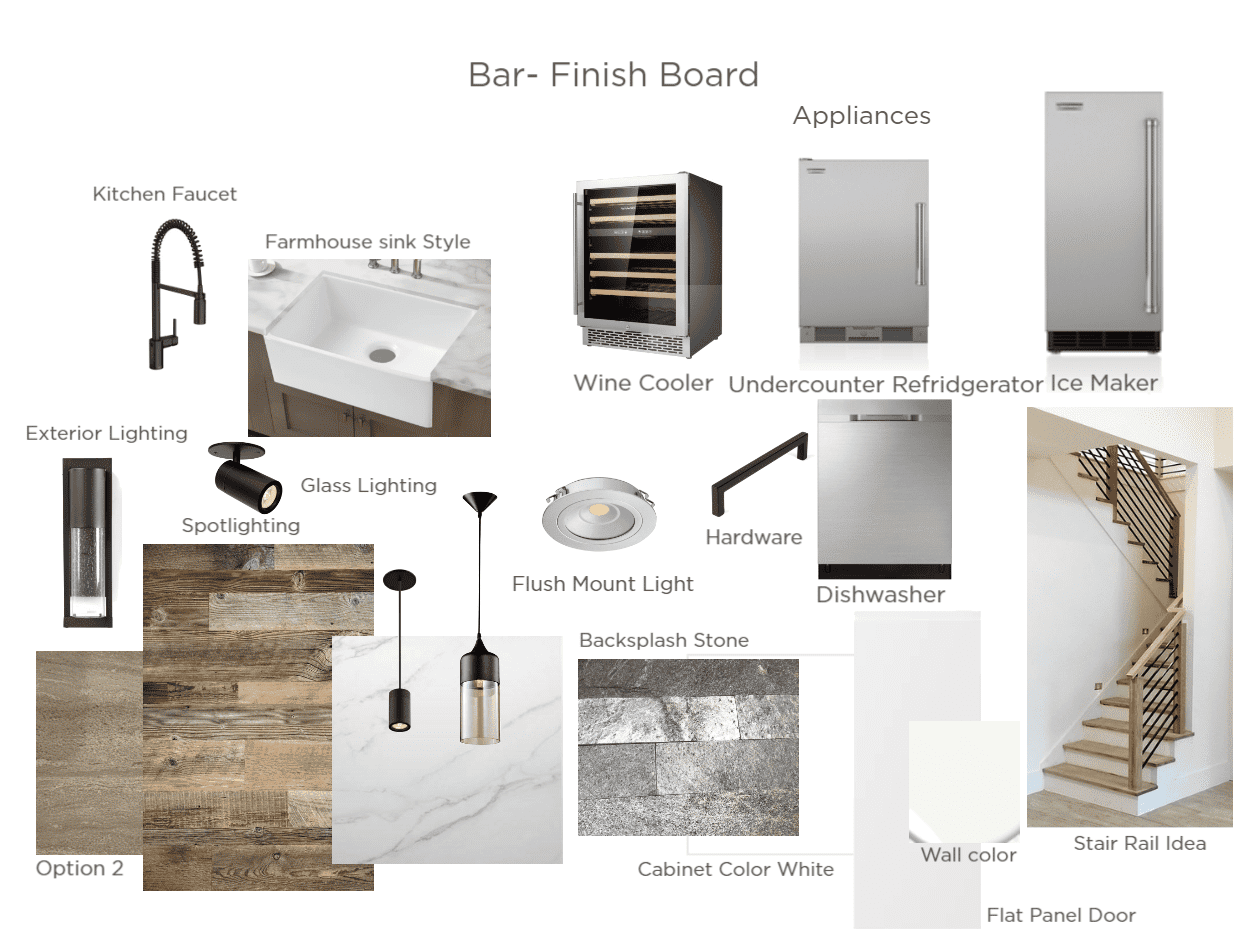
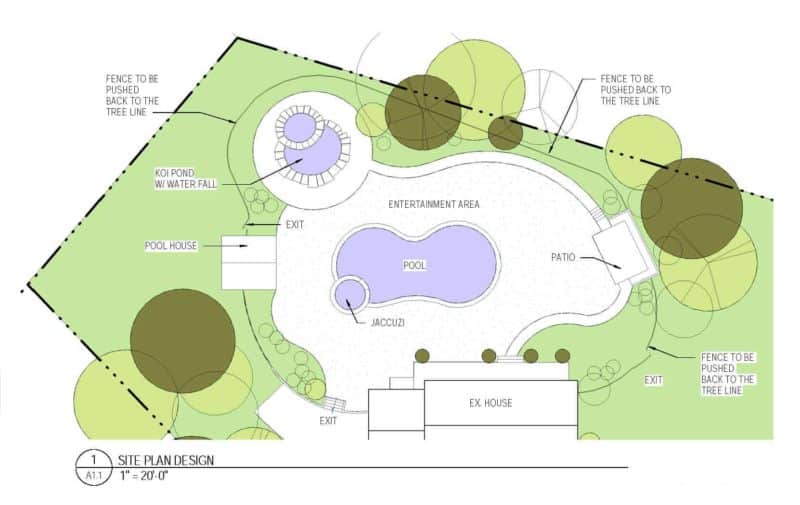
#8 Hire a Landscape Designer
Once you have your plans and site designed, you may need help with the outside areas of the home. A landscape designer can provide you with a cohesive plan on how to beautify your house on the outside with grass, shrubs, ornamental trees or fences. If the team you selected is not able to help, you may need to find someone on your own after you build.
#9 Hire a Builder or General Contractor
A builder or general contractor is a skilled professional who manages all aspects of the building project including overseeing the work of all contractors, and keeping your project on track and within budget. Experienced general contractors are licensed and have mastered best practices over many years of working in a variety of conditions. They know how to avoid mistakes and handle unexpected circumstances that could otherwise cost you a lot of money in down time or on wasted materials. An experienced contractor has a team of subcontractors that can build your dream home with high quality production, a responsible work ethic, and timely completion.

#10 Relax
Try to enjoy the process, and not get too stressed. By planning ahead and sticking to your budget, you will feel prepared and ahead of the game. Take the time to find the right professionals to work with–ones that you like and trust–and your building process will be a much more pleasant experience.
PionArch can help you with every step of your new dream house from A to Z. Our services include architecture, interior design, landscape design, and construction. We also design and build custom furniture, and can help with permits and approvals! We are your one stop shop for your entire home building process!


